
Fra Angélico Juicio Final. Buscar con Google Fra Angelico, Posters
[ 1] According to Giorgio Vasari, in the early part of his career, Benozzo Gozzoli was a pupil and assistant of Fra Angelico: some of the works in the convent of San Marco of Florence were executed by Gozzoli from Angelico's design. The hand of Fra Angelico himself is identifiable in the first 10 cells on the eastern side.

Beato Angelico, Noli me tangere (cella 1, particolare). Fra Angelico
Noli me Tangere by Fra Angelico Noli me Tangere (or Touch Me Not) depicts a significant iconographic scene from the bible in which Mary Magdalene sees Jesus walking outside of his tomb on the third day after his crucifixion. At first, she mistakes him for a gardener as he is carrying a garden tool.

The Art History Journal Fra Angelico
Media in category "Noli me tangere by Fra Angelico (San Marco Cell 1)" The following 10 files are in this category, out of 10 total. Angelico Noli me tangere.JPG 3,456 × 5,184; 6.18 MB. Angelico celda 1.JPG 3,456 × 5,184; 7.83 MB. Fra Angelico - Noli Me Tangere (Cell 1) - WGA00535.jpg 947 × 1,200; 219 KB.

Stories with the ring of truth Roger Steer
Noli me Tangere is one painting in a group of paintings by Fra Angelico that means 'Touch me not.' These paintings depict Christ's life with this one showing life after his rising. At the time of the painting, the Dominican painter was living in San Marco convent in Florence. Here, he painted the images in forty-four cells and two corridors.

Fra Angelico noli me tangere (Celda 1) WGA00535 Fotografía de stock
Noli Me Tangere 1440-41 (190 Kb); Fresco, 180 x 146 cm; Cell 1, Convent of San Marco, Florence Photographs by Mark Harden .

Anstødsstenen
Noli me Tangere by Antonio da Correggio, c. 1525. Noli me tangere ('touch me not') is the Latin version of a phrase spoken, according to John 20:17, by Jesus to Mary Magdalene when she recognized him after his resurrection.The biblical scene has been portrayed in numerous works of Christian art from Late Antiquity to the present. The phrase has also been used in literature, and later in a.

Beato Angelico Noli me tangere, dettaglio Pittore, Artisti, Angeli
Fra Angelico: Noli me tangere Artist artist QS:P170,Q5664 Title noli me tangere 1 Series title Frescos by Fra Angelico in San Marco, Florence Object type fresco Genre religious art Description Español: Noli me tangere. San Marco, celda 1. Depicted people

FileFra Angelico 052.jpg Wikipedia
Falomir Faus, M.Antonio Correggio 'Noli me tangere' En:Italian masterpieces from Spain's royal court, Museo del PradoNational Gallery of Victoria Thames & Hudson, pp. Arasse, Daniel'L ' apparition à Marie Madeleine. Noli me tangere' En: Désir sacré et profane: le corps dans la peinture de la RenaissanceEditions du Regard, pp.

Fra Angelico Noli Me Tangere Magdalene Pinterest
Noli me tangere, Fra Angelico Description This world-famous Florentine artist Fra Angelico ("Angelic Brother") painted this world-famous fresco at San Marco, Florence, ca. 1445. His naturalistic depictions made Fran Angelico one of the most important artists of the Italian Renaissance. Creator Welch, Claude Emerson Publisher
Fra Angelico. Noli me tangere.
In their respective Noli Me Tangere images, Fra Angelico, Titian, and David Jones each counterbalance Christ's seemingly harsh words in John 20:17—'Do not hold on to me' or 'Do not touch me'—by evoking the love shared between Christ and Mary Magdalene. Painted on the wall of a Dominican friar's cell, Fra Angelico's fifteenth-century fresco was intended as an aid to.
Beracá Valley Academy Noli me tangere Giotto v. Fra Angelico
Nothing is known of his parents. He was baptized Guido. As a child, he was probably known after the Italian fashion as Guidolino ("Little Guido"). The earliest recorded document concerning Fra Angelico dates from 17 October 1417, when he joined a religious confraternity or guild at the Carmine Church, still under the name of Guido di Pietro.
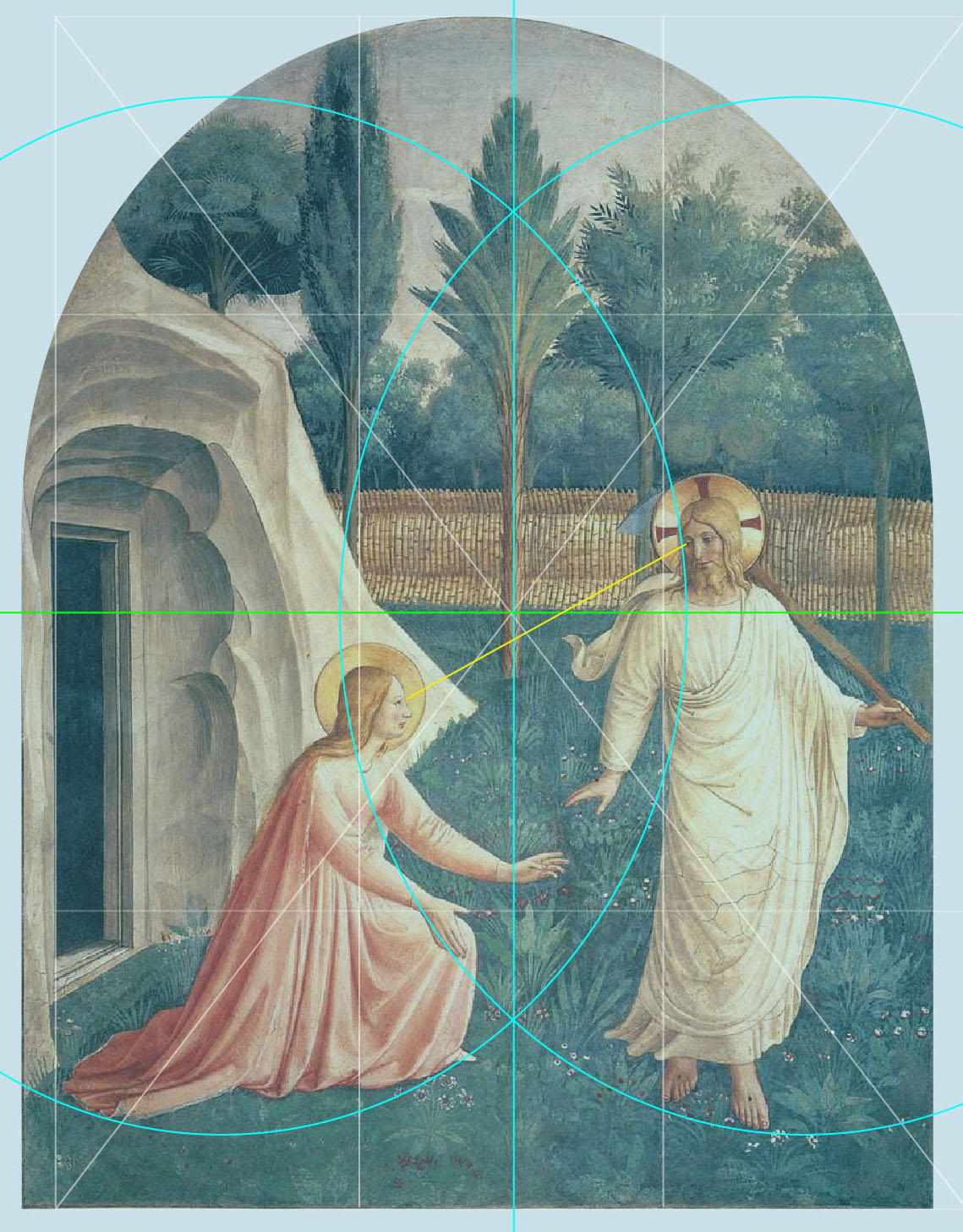
Daniel Campbell — ‘Angelic Perspective’ in Fra Angelico
Noli Me Tangere (c. 1442), Fra Angelico. Museo di San Marco, Florence Photo: Azoor Photo/Alamy Stock Photo.. In the noli me tangere in Dürer's Small Passion (c. 1510), Mary and Jesus are again the triangular focus of the composition. The sun, emerging over the horizon, forcefully irradiates the sky, a density of dark rays supplying both.
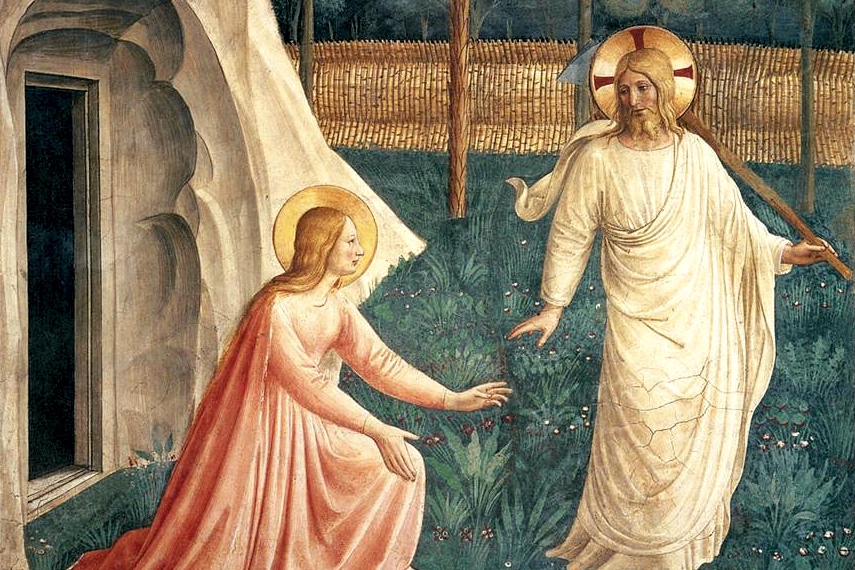
What If You Were at the Tomb? Phil Rose
ANGELICO, Fra (b. ca. 1400, Vicchio nell Mugello, d. 1455, Roma) Noli Me Tangere (Cell 1) 1440-42 Fresco, 166 x 125 cm Convento di San Marco, Florence: This is the fresco on the wall of Cell 1 of the Convento di San Marco in Florence.
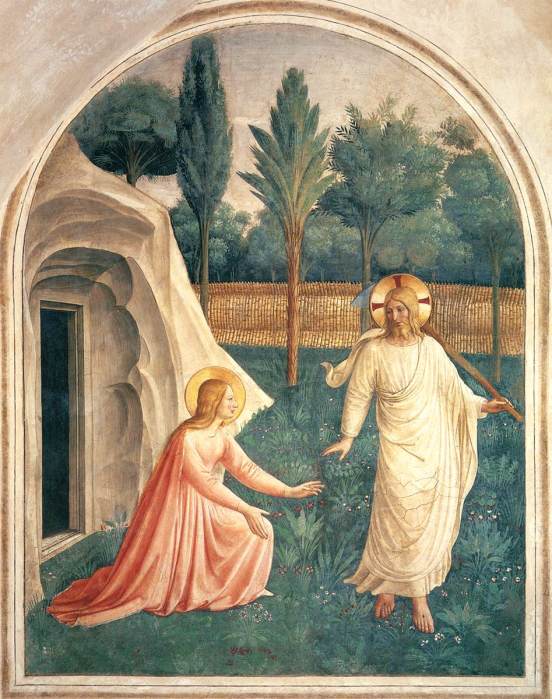
Fra_AngelicoNoli_Me_Tangere //Vensters
The second picture experience I had was in Florence in 1988, almost a quarter of a century earlier. During the visit to the monastery of San Marco, the frescoes of Fra Angelico. In one of the monks' cells is the scene which, according to the report in the Gospel of John, gave this account its name: the «noli me tangere» of the risen Christ.
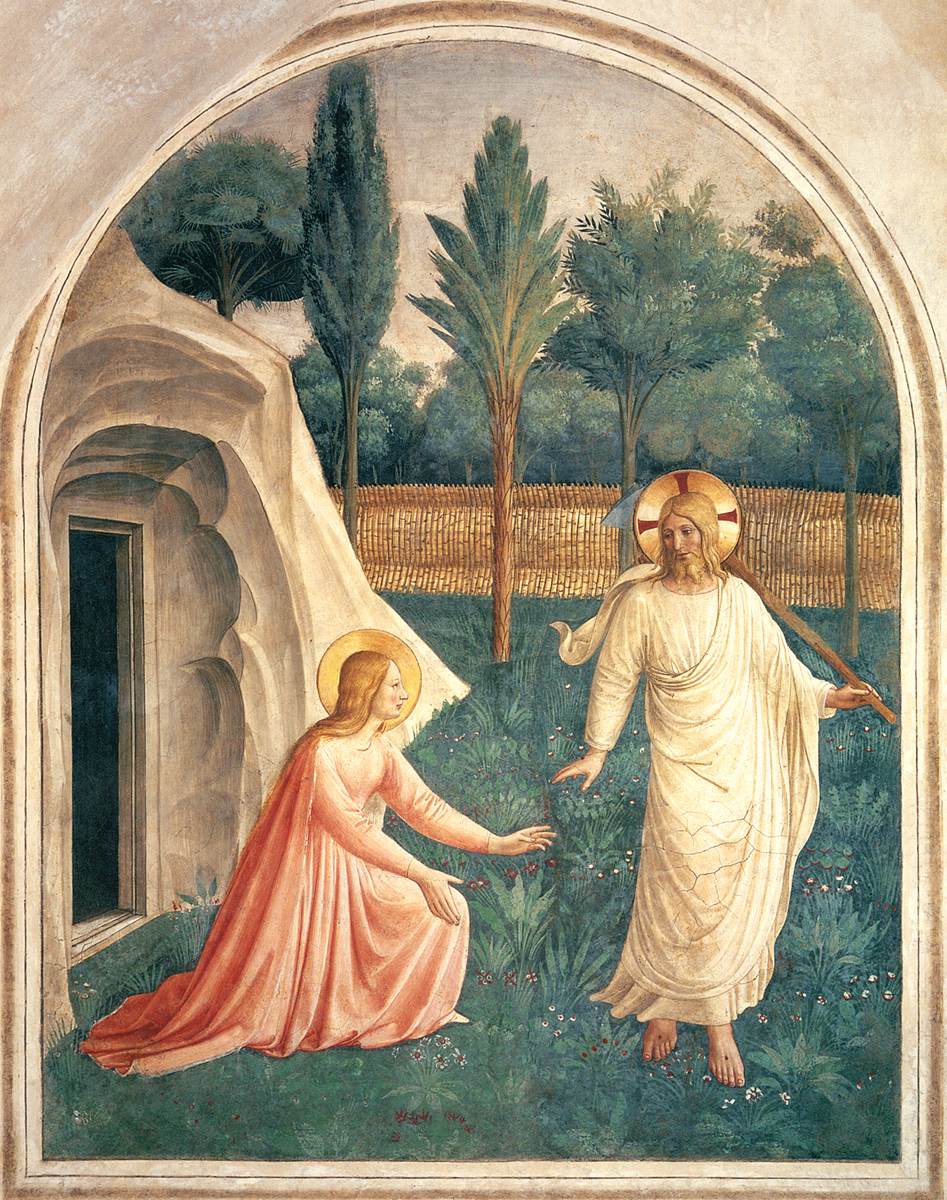
Noli Me Tangere, 1440 1442 Fra Angelico
noli me tangere Series title Object type fresco Genre religious art Depicted people Mary Magdalene Jesus Date 1450 / between 1439 and 1443 date QS:P,+1450-00-00T00:00:00Z/7,P1319,+1439-00-00T00:00:00Z/9,P1326,+1443-00-00T00:00:00Z/9
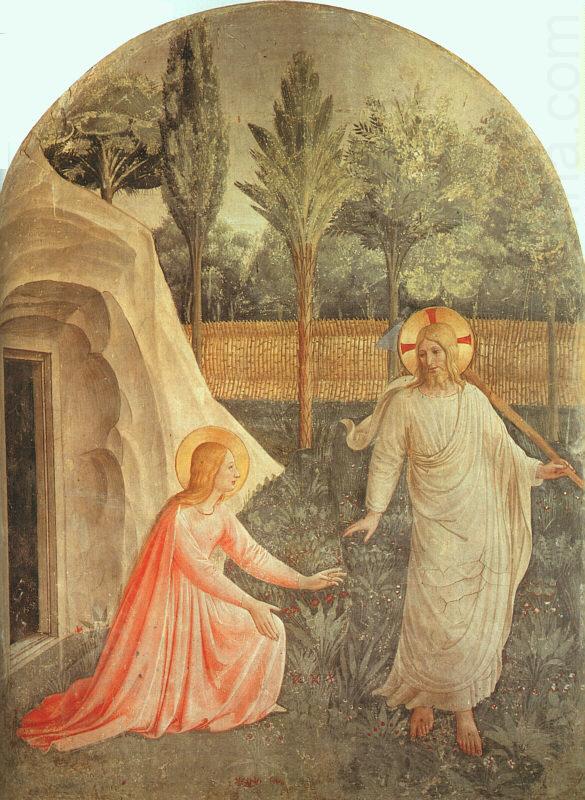
Noli Me Tangere Fra Angelico Wholesale Oil Painting China Picture Frame
Noli Me Tangere is a religious artwork painted by Italian Renaissance artist Fra Angelico in 1440-42. The painting portrays a sacred event that occurred after Christ's resurrection, where Mary Magdalene recognizes him and tries to embrace him, but he tells her not to touch him.